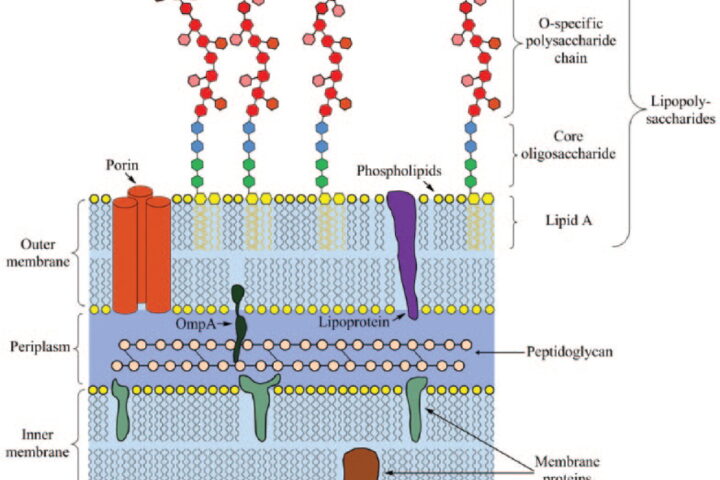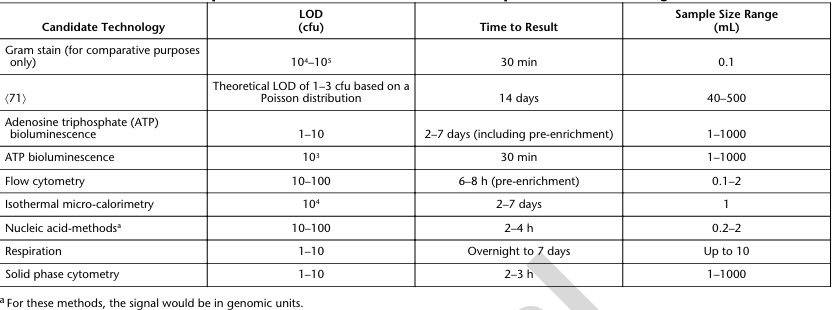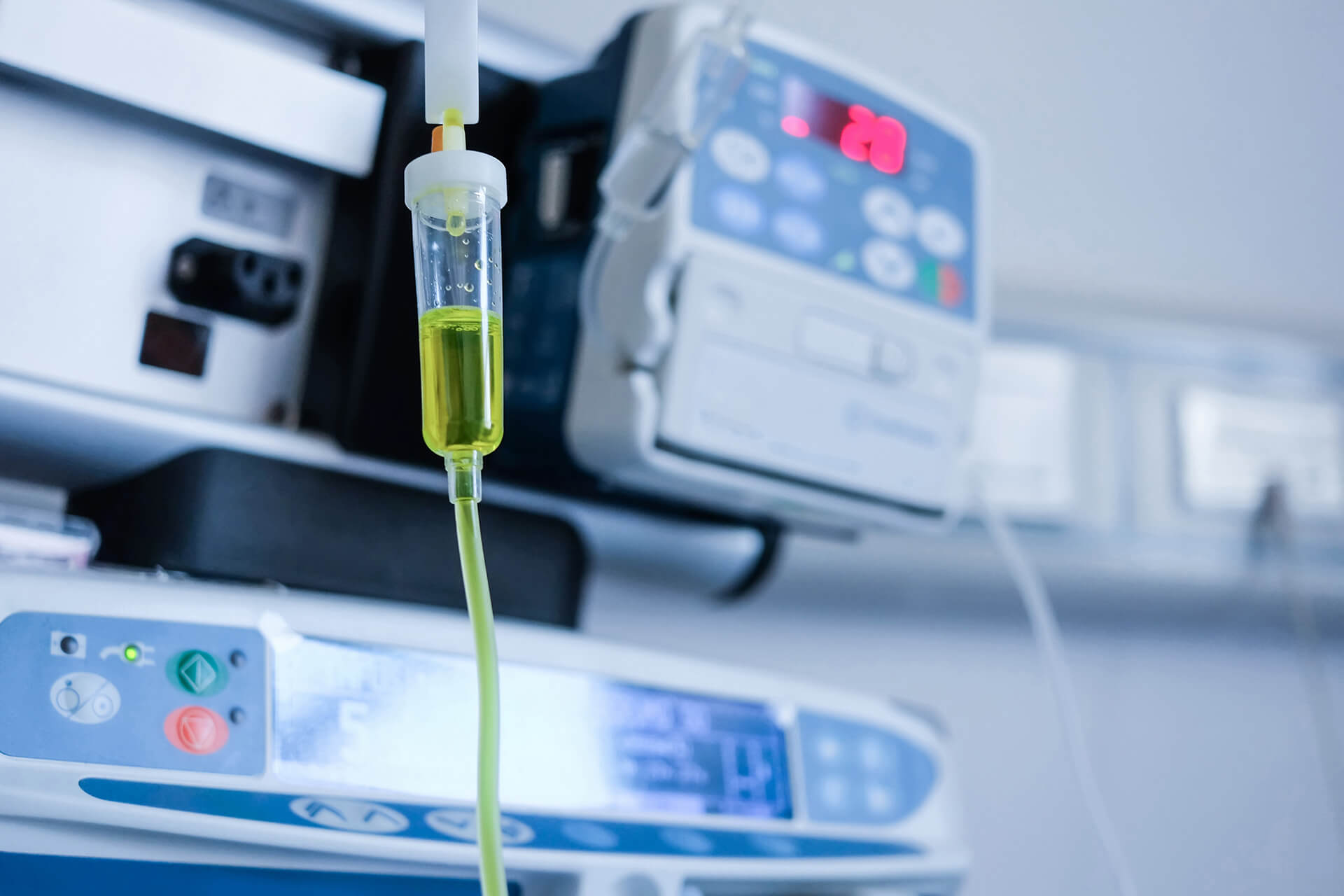Let’s begin the journey, click the button below to get started!
CELLTECHGEN Q&A
Biochemical Structure of Endotoxin

Wenqiong Su and Xianting Ding, Methods of Endotoxin Detection, Journal of Laboratory Automation, Volume 20, Issue 4, August 2015, Pages 354-364
Bacterial Endotoxin Testing Methods
Rabbit Pyrogen Test: The rabbit pyrogen test was the first method approved by US Food and Drug Administration for LPS detection. It was developed in the 1920s on the basis of the rise in temperature of rabbits after an intravenous injection of a test solution.
LAL Test: Limuluspolyphemus, existing in the blood of horseshoe crabs, can form a clot when exposed to LPS. Based on this unique property, the most popular LPS detection technique, the LAL test, has been developed.
Biosensors Based on Endotoxin-Affinity Components: Biosensors are compact analytical devices that detect the presence of a target by using a biological recognition element and then monitoring the optical, electronic, mass, or magnetic signal variation that is induced by the interaction of the biological recognition elements and the analyte of interest.
Protein-Based Biosensors: LPS molecules are structurally able to interact with suitably modified surfaces via electrostatic and hydrophobic interactions, coordination through the phosphate groups, or, more selectively, binding to recognized proteins or aptamers, some of which have been used as biological recognition elements to construct endotoxin detection biosensors.
Peptide-Based Biosensors: Besides these LPS-binding proteins from human plasma or horseshoe crabs, polymyxin B (PmB), sushi peptide, and many other designing peptides derived from the above LPS-binding proteins were involved not only in the detection but also the detoxin or neutralizing of LPS.
References:
- Wenqiong Su and Xianting Ding, Methods of Endotoxin Detection, Journal of Laboratory Automation, Volume 20, Issue 4, August 2015, Pages 354-364
- Williams K. L., Ed. Endotoxins: Pyrogens, LAL Testing, and Depyrogenation. 2nd ed. Marcel Dekker Inc.: New York, 2001.
- Cooper J. F., Levin J., Wagner H. N. J. Quantitative Comparison of In-Vitro and In-Vivo Methods for the Detection of Endotoxin. J. Lab. Clin. Med. 1971, 78, 138–148. PubMed.
- Muta T., Oda T., Iwanaga S. Horseshoe Crab Coagulation Factor B. J. Biol. Chem. 1993, 268, 21384–21388. Crossref. PubMed. ISI.
Operational Parameters of the Candidate Rapid Microbial Technologies

Potency Testing and Stability Testing
Potency tests determine how much of the active drug is in the sample, and stability tests determine a beyond-use date for a preparation. Selection of the proper methods is the key to determine potency or stability. Methods of determining potency may or may not be stability indicating, but stability can be determined only by a stability-indicating method. A stability-indicating method can determine both potency and stability. Quality assurance programs are essential to establishing standards for compounded preparations.
14780 Memorial Drive, Suite 103, Houston, TX 77079
Toll-free: (877) 994-4100
Email: [email protected]
Departments
© 2024 Celltechgen LLC, All Rights Reserved











